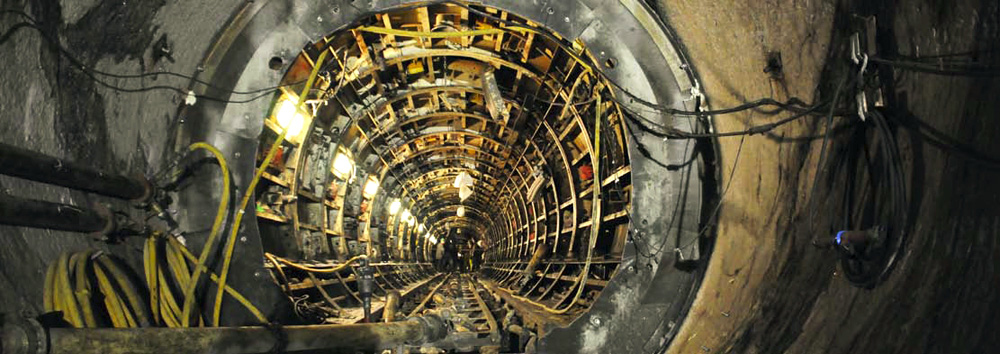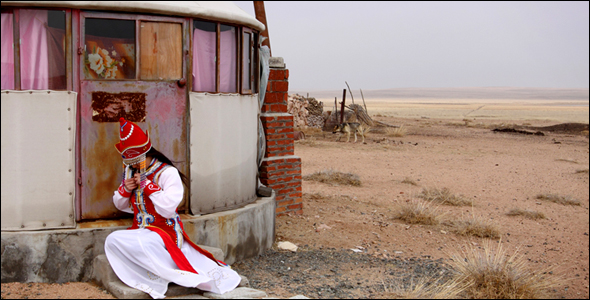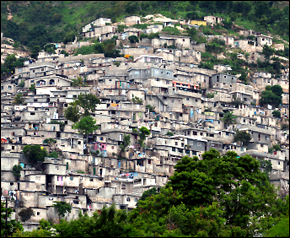Big Water Projects in the Big Apple
The New York City water department delivers nearly 4 million cubic meters (1 billion gallons) of water per day to 9 million customers. To keep up with demand and to meet water quality regulations, the city is undertaking several major water infrastructure projects.
These projects are a microcosm of municipal water issues across the United States: sewer overflows, supply reliability, and upgrades to drinking water and sewage-treatment plants.
In all, New York City has spent roughly $US 21 billion on water projects in the last 10 years, with billions more planned for the next decade. In September 2010, Mayor Michael Bloomberg also drafted a plan to spend $US 2.4 billion on green infrastructure over the next 20 years to improve water quality.
Here are a few of the biggest projects under construction or recently completed:
Project: Croton Filtration Plant
Project: Delaware Aqueduct Bypass Tunnel
| Cost | Completion Date | |
| $US 1.2 billion | 2019 | |
|
Built during World War II, the Delaware Aqueduct delivers at least half of New York City’s water supply. A tunneled section of the 137-kilometer (85-mile) conduit has been leaking since at least the 1990s, losing 55,000 to 135,000 cubic meters (15 million to 35 million gallons) per day. The city is preparing to build a five-kilometer (three-mile) bypass around the leak. Construction will begin in 2013. |
||
Project: Tunnel No. 3
Project: Upgrades to Newtown Creek’s Treatment Plant
Project: Catskill/Delaware Ultraviolet Treatment Plant
| Cost | Completion Date | |
| $US 1.6 billion | 2012 | |
|
According to an agreement with the EPA, New York City does not have to filter water from the Catskill and Delaware watersheds. In 2002, however, the EPA said that the city would have to disinfect the water, if it wants to keep its filtration waiver. The treatment plant will use ultraviolet light to kill microbial contaminants, such as Cryptosporidium. |
||
Project: Paerdegat Basin CSO Facility
| Cost | Completion Date | |
| $US 437 million | 2011 | |
|
Some stormwater systems and sewer systems use the same set of pipes. A combined sewer overflow (CSO) happens when a sudden rush of stormwater exceeds a plant’s capacity, resulting in some flows being dumped untreated into water bodies. The Paerdegat Basin facility will hold up to 190,000 cubic meters (50 million gallons) of water during storms, so that the water can be run through the treatment system when the peak subsidies. |
||
Project: Flushing Bay CSO facility
| Cost | Completion Date | |
| $US 291 million | 2009 | |
|
This CSO facility holds up to 160,000 cubic meters (43 million gallons) during storms. |
||
Brett writes about agriculture, energy, infrastructure, and the politics and economics of water in the United States. He also writes the Federal Water Tap, Circle of Blue’s weekly digest of U.S. government water news. He is the winner of two Society of Environmental Journalists reporting awards, one of the top honors in American environmental journalism: first place for explanatory reporting for a series on septic system pollution in the United States(2016) and third place for beat reporting in a small market (2014). He received the Sierra Club’s Distinguished Service Award in 2018. Brett lives in Seattle, where he hikes the mountains and bakes pies. Contact Brett Walton













Leave a Reply
Want to join the discussion?Feel free to contribute!